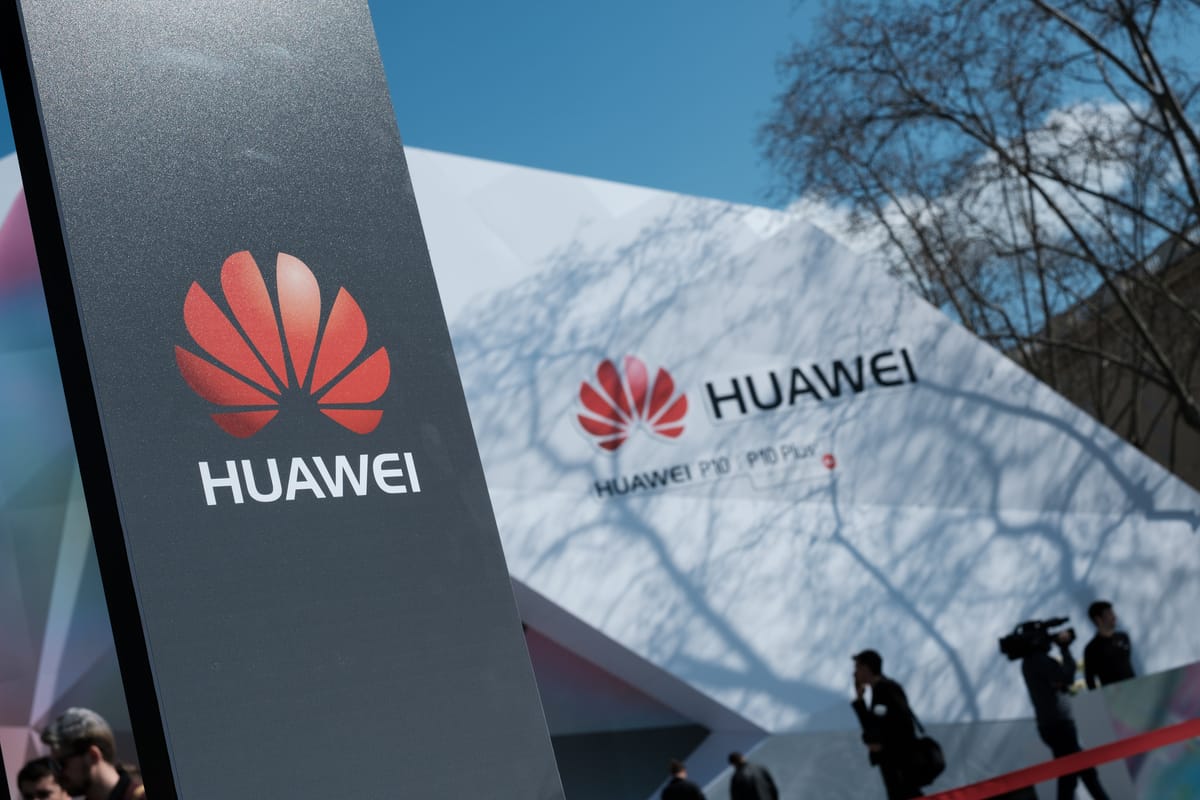How the Trump Administration’s Trade Politics are Slipping into the Fiber Broadband World
BROADBAND BREAKFAST INSIGHT: The Trump administration’s protectionism is already having significant impacts on many American businesses and industries, and may begin to have significant impacts on the fiber broadband world. This post by Doug Dawson outlines some of the moves in Washington against bo

BROADBAND BREAKFAST INSIGHT: The Trump administration’s protectionism is already having significant impacts on many American businesses and industries, and may begin to have significant impacts on the fiber broadband world. This post by Doug Dawson outlines some of the moves in Washington against both Huawei and ZTE, two Chinese telecommunications manufacturing giants. Incidentally, I had a chance to visit the headquarters to both of these companies during my visit to Shenzhen, China, at the 2006 International Telecommunications Union conference. (Note: Rep. Liz Cheney is the sole member of the U.S. House of Representative from Wyoming, filling the seat once held by her father, former Vice President Dick Cheney.)
Fiber Electronics and International Politics, from POTs and PANs by Doug Dawson
In February six us Intelligence agencies warned Americans against using cellphones made by Huawei, a Chinese manufacturer. They warned that the company is “beholden” to the Chinese government and that we shouldn’t trust their electronics.
Recently Sen Liz Cheney introduced a bill into Congress that would prohibit the US Government or any contractors working for it to use electronics from Huawei or from another Chinese company ZTE Corp. Additionally, any US military base would be prohibited from using any telecom provider who has equipment from these two vendors anywhere in their network.
For anybody who doesn’t know these two companies, they manufacture a wide array of telecom gear. ZTE is one of the five largest cellphone makers in the world. They also make electronics for cellular networks, FTTP networks and long-haul fiber electronics. The company sells under it’s own name, but also OEMs equipment for a number of other vendors. That might make it hard for a carrier to know if they have gear originally manufactured by the company.
[more…]
Source: Fiber Electronics and International Politics | POTs and PANs
(Photo of Huawei booth by Kārlis Dambrāns used with permission.)










Member discussion